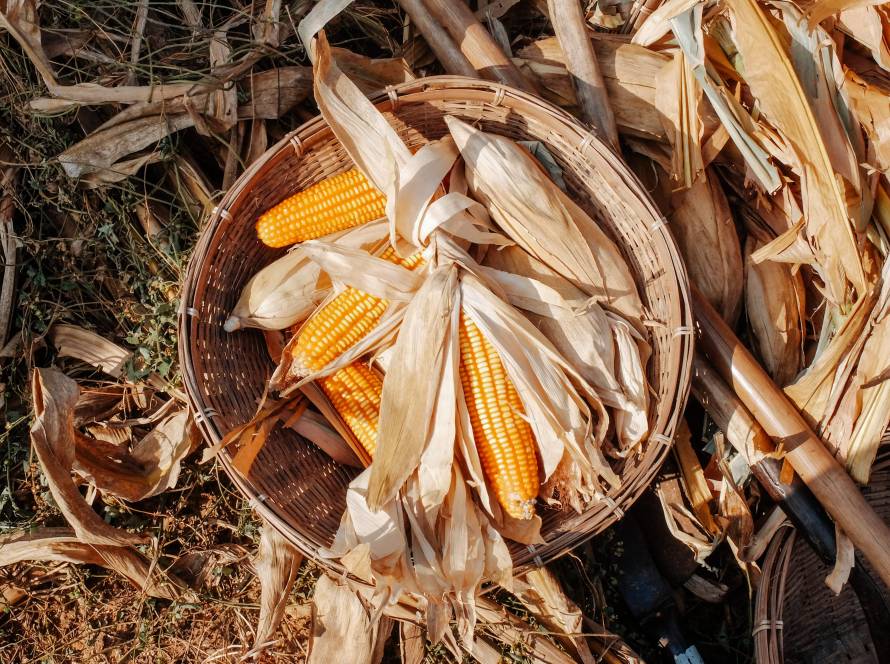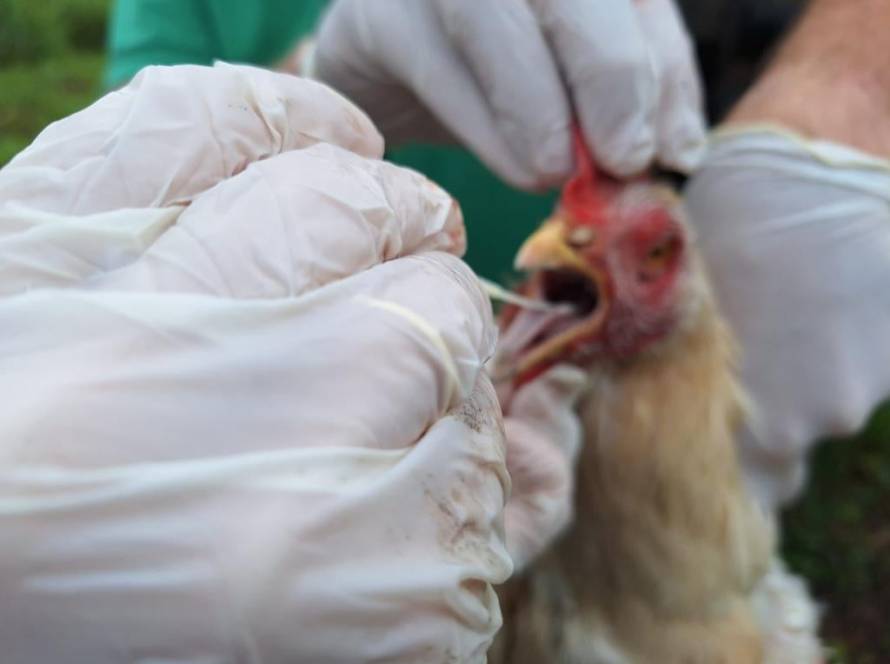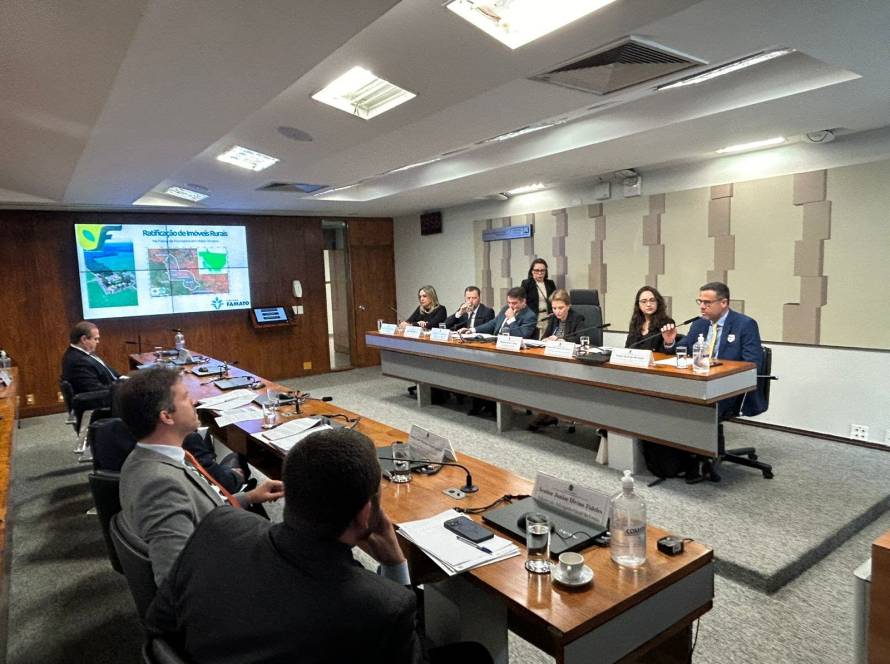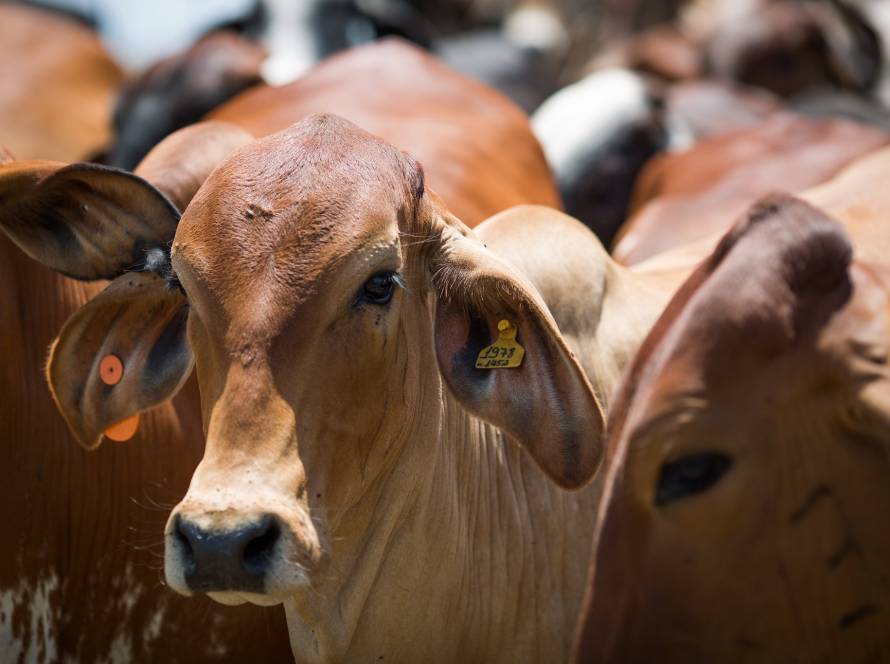Plants invest 180 million reais in preventing and fighting fires in Goiás
With winter approaching, with dry days and strong winds prevailing in the Cerrado region of Goiás, it's crucial to step up fire prevention and control efforts. After all, whether caused by arson or accident, fires put human lives at risk and also threaten wildlife. In recent years, the 38 bioenergy plants operating in Goiás have invested R$180 million in fire prevention and control.
Constant investments
The mills are in the midst of the 2025/26 harvest, producing ethanol, sugar, and bioelectricity. Educational campaigns warning about fire risks are frequent, with initiatives conducted with employees, partners, and the community. Furthermore, technology is widely used, with fire detection equipment via satellite monitoring systems and high-definition cameras installed in observation towers at strategic points for rapid fire detection. All of this is monitored 24/7 online by Agricultural Fire Centers. It is worth noting that many of these devices feature artificial intelligence, enabling rapid, real-time identification of the fire location.
Brigades
Sifaeg/Sifaçúcar CEO André Rocha points out that the bioenergy agribusinesses together have approximately 4,500 employees working in their fire brigades, with approximately 700 water trucks and more than 200 support vehicles. "Many of our member companies have aircraft and drones for this work. We also partner with the Fire Department, municipal governments, and environmental agencies of the Goiás State Government on fire prevention and control efforts. It's important to remember that fires almost always start outside the sugarcane fields, in areas nearby or along highways," he concludes.
Loss history
Despite all these efforts and significant financial investments, the fires have caused serious losses to ethanol, sugar, and bioelectricity production units. Last year, the Center-South region saw many sugarcane fields destroyed by fires. According to Plinio Nastari, president of Datagro Consulting, Brazil will see a 1.4% drop in sugarcane processing compared to the 2024/25 season, when 621 million tons were crushed. "It was a harvest heavily impacted by fires and drought, which consumed 450,000 hectares," Nastari noted.
Main technologies used by plants
Drones with thermal sensors and high-resolution cameras
They fly over planting areas to detect hot spots in real time.
Some models feature AI that identifies fires before smoke is even visible. This reduces response time to activate fire brigades.
Satellites and monitoring via digital map
The plants receive automatic alerts with coordinates of the outbreaks.
Allows you to track fire history by field.
Observation towers with 360° cameras
Equipped with optical and infrared zoom.
They monitor critical areas with visibility of up to 10 km.
Uninterrupted monitoring, day and night.
Mobile brigades with geolocation
Specialized teams from the plant itself.
Internal applications show where the outbreak is, the best route, and which areas require immediate evacuation or containment.
Adapted combat vehicles
High-capacity water trucks (10,000 L or more), quad bikes and even tractors equipped with water or foam sprayers.
Some with a misting system to contain sparks in high-risk areas.
Digital firebreaks and ground sensors
Systems that use climate data to plan containment strips more effective (firebreaks).
Soil sensors that detect sudden changes in temperature and humidity in the surrounding area.
Apps for reporting and community alerts
The plants develop apps and WhatsApp channels with neighboring communities and farmers.
Everyone collaborates to identify fires and risks, creating a “rural surveillance network”.




